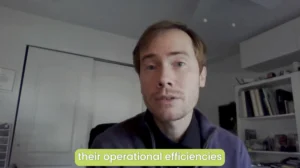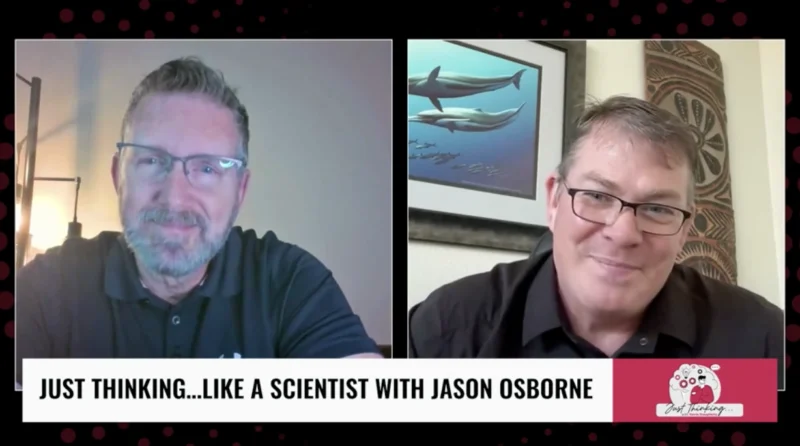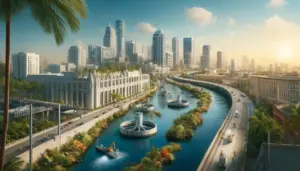Ultramassive Black Hole Discovery Adds New Dimensions To Our Understanding of Space
Recent research from Durham University has uncovered a black hole so massive that it’s difficult to wrap our heads around. Weighing in at a staggering 30 billion times the size of our sun, this ultramassive black hole discovery has scientists questioning our current understanding of the cosmos. What are some of the most important takeaways from this discover?
Astronomers at Durham University discovered this colossal black hole using a technique called gravitational lensing – a method involving the observation of how passing light is affected by the black hole’s intense gravitational pull. This breakthrough discovery, published in the journal Monthly Notices of the Royal Astronomical Society, is the first of its kind to utilize gravitational lensing to measure black holes. Experts like Nightingale, one of the chief researchers on this discovery, are left pondering how such a colossal black hole could even have formed in just 13 billion years since the universe’s birth.
On an innovative front, the application of gravitational lensing may open new possibilities for detecting black holes beyond our local universe, illuminating the evolution of these enigmatic phenomena over the course of cosmic history.
Intrigued by the similarities between digital twin methodology and the techniques used in this groundbreaking discovery, Bob Rogers, CEO of Oii.ai and a Ph.D. holder in Physics who has developed digital twins of supermassive black holes in other galaxies, dives deep into the research behind the discovery of this ultramassive black hole and the significance of this discovery on our understanding of the universe and its most explosive tendencies.
Bob’s Thoughts
“When I got my PHD back in the 90s, we were excited to learn that quasars and active galaxies had supermassive black holes at their centers. The newly discovered Abell 1021 BCG ultra massive black hole is estimated to be 10 to a hundred times larger – a whopping one-50th of the mass of our entire Milky Way galaxy and one of the top 10 largest black holes ever discovered.
It took some very special circumstances to create such a huge black hole. There are a few things to note here. First, unlike supermassive black holes that tend to be very bright sources of radio waves, x-rays and or gamma rays, this ultra-massive black hole was spotted because it caused the distortion of the light behind from a galaxy behind it. A phenomenon called microlensing. A great example is the bending of space-time caused by gravity.
Second, a black hole this large was likely formed by the interaction of three separate galaxies, each of which had its own supermassive black hole. If we’ve spotted one of these, there’s going to be more, and so we might even be able to detect gravitational waves from some of them.
Finally, researchers used a digital twin methodology to infer the mass of the ultra-massive black hole that was causing the observed microlens. As an industrial practitioner of digital twins today, it’s exciting for me to see some of the same techniques we’re using in the supply chain being used in astronomy as well.”
Article written by Azam Saghir.








